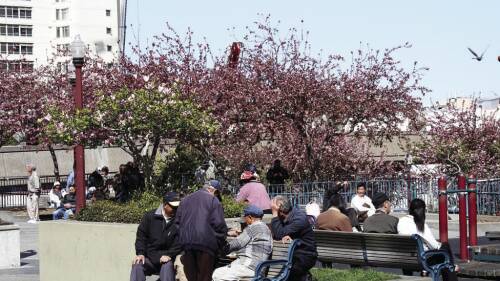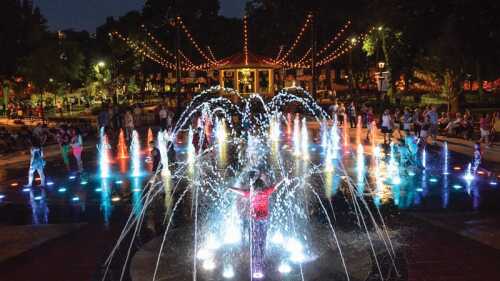Open Space and Parks
With no end in sight to the boom in urban and close-in suburban multifamily housing construction, developers are eager for ways to save money on ever-increasing land and construction costs. Experts speaking at the 2016 ULI Fall Meeting said that reducing parking requirements and increasing use wood-frame construction for buildings up to five stories could help keep costs in check.
A Gathering Place for Tulsa, under construction along the eastern bank of the Arkansas River two miles (3.2 km) south of downtown, is one of the biggest greenway projects under development from scratch in the United States.
Homebuyers and developers have developed an appetite for more food-based amenities, said panelists speaking at a recent ULI Food & Real Estate Forum. “One of the hottest trends in new home development is incorporating agriculture … communities that include working farms are popping up all over the country,” says Sarene Marshall, executive director of the ULI Center for Sustainability.
PBS will broadcast a new documentary, 10 Parks That Changed America, on April 12th. Produced by WTTW in Chicago, the program identifies the 10 most influential urban parks in the country, from the era of America’s early settlers to the present day, ranging from the Squares of Savannah, Georgia, to the High Line of New York City.
While a number of mayors and even one governor have endorsed the goal of providing parks or other open spaces within a ten-minute walk of residents, adding enough parks to serve all 249 million people living in U.S. cities, suburbs, and urbanized areas—83 percent of the population—will be a challenge.
In 1998, Mayor Richard M. Daley established a partnership with Chicago’s philanthropic community called the Millennium Park Foundation (MPF), a 501c3 not-for-profit corporation, and together they produced Millennium Park, which opened July 16, 2004.
Between 2009 and 2011, the municipal government of Oklahoma City, in coordination with the Myriad Gardens Foundation and the Alliance for Economic Development, invested more than $42 million to transform the Myriad Gardens.
With the city’s skyline as its backdrop, Marina Bay presents an array of opportunities to live, work, and play in the heart of Singapore’s city center.
Five finalists have been announced for this year’s award, which recognizes outstanding examples of successful large- and small-scale public spaces.
Conservation development technologies have been around for decades, but only in the past few years have developers, conservation organizations, landowners, and local governments begun to understand the potential of these technologies to link land conservation with land development while providing meaningful protection of natural resources. In addition, ample evidence exists that shows homebuyers will pay premium prices to live next to nature, green space, and even certain types of agriculture.





